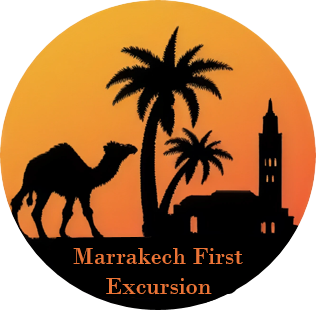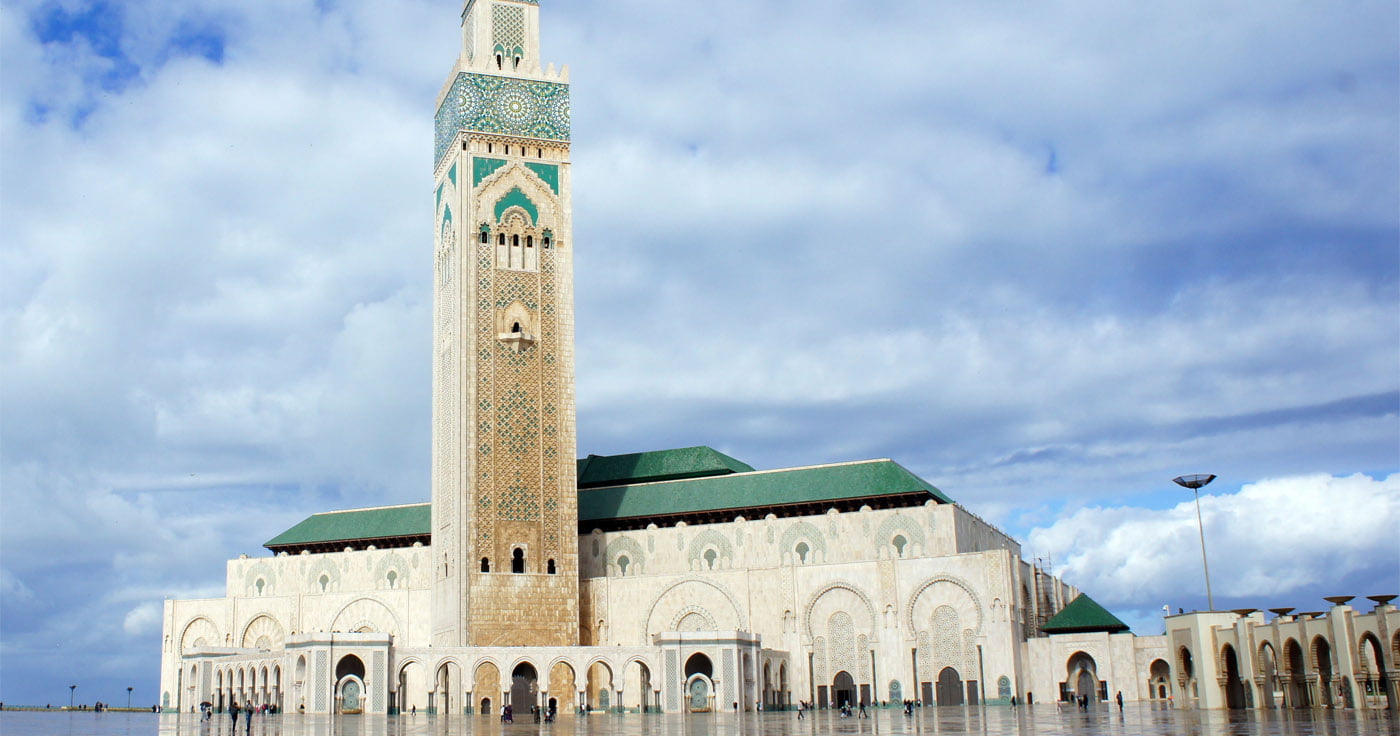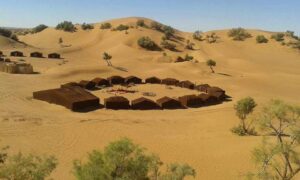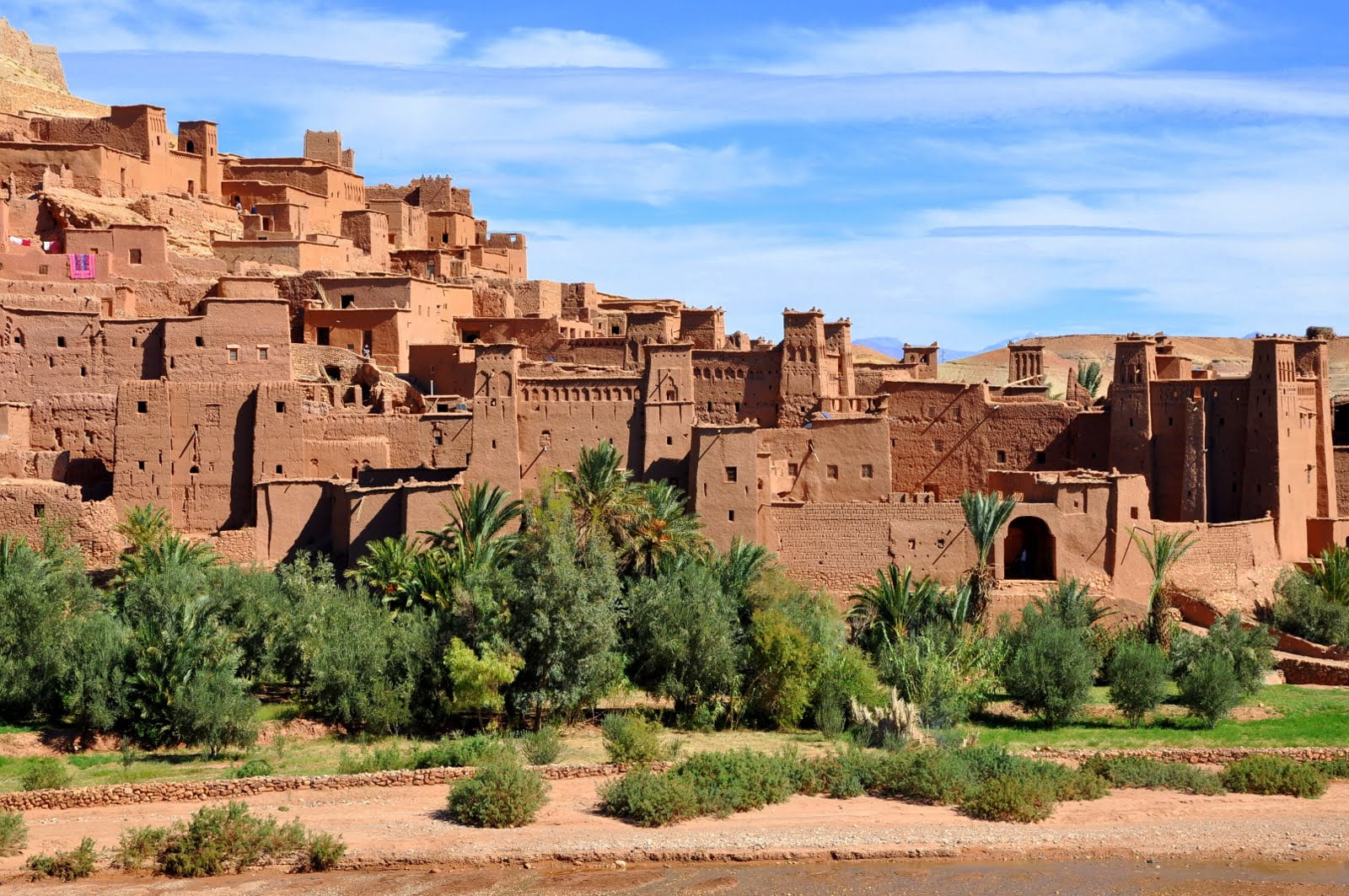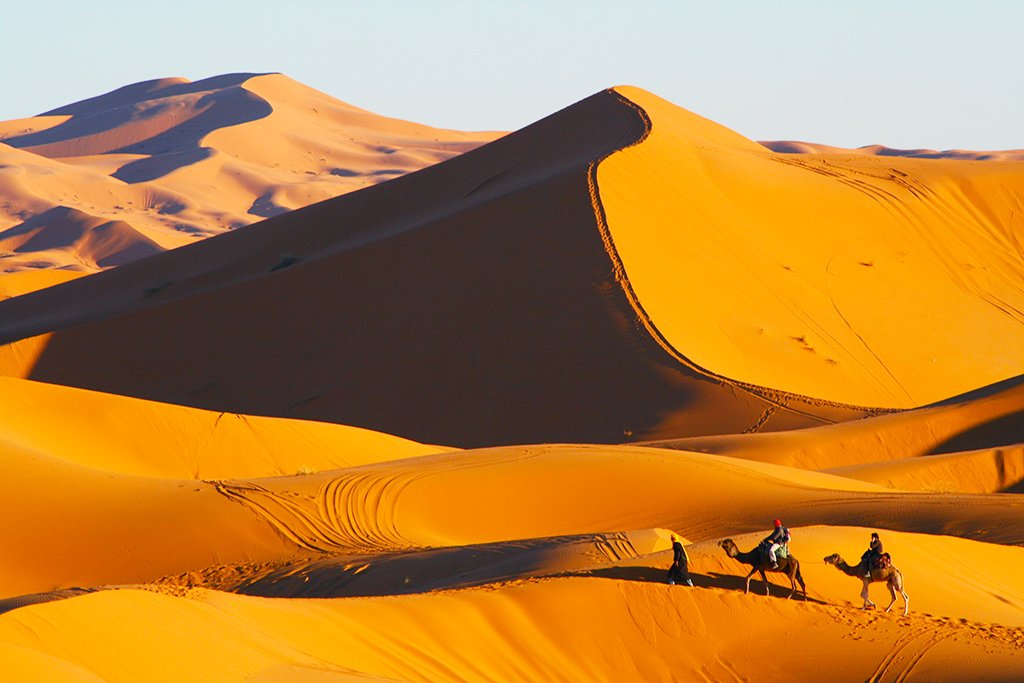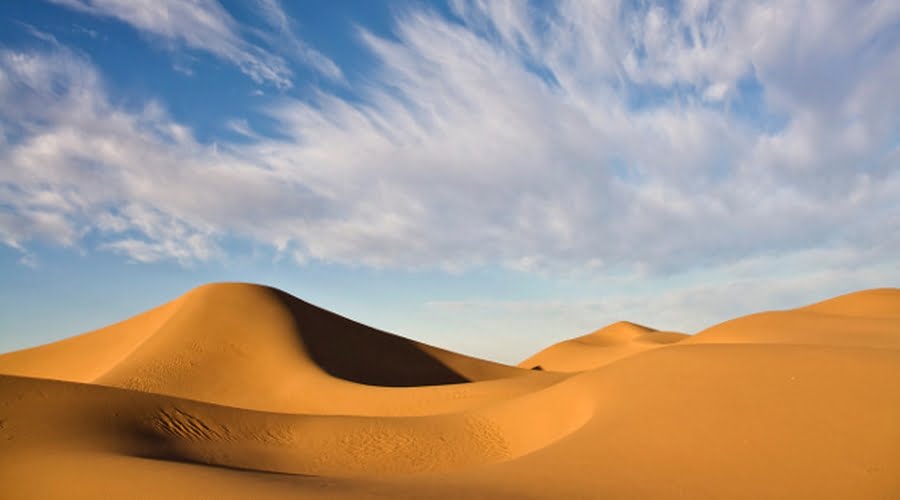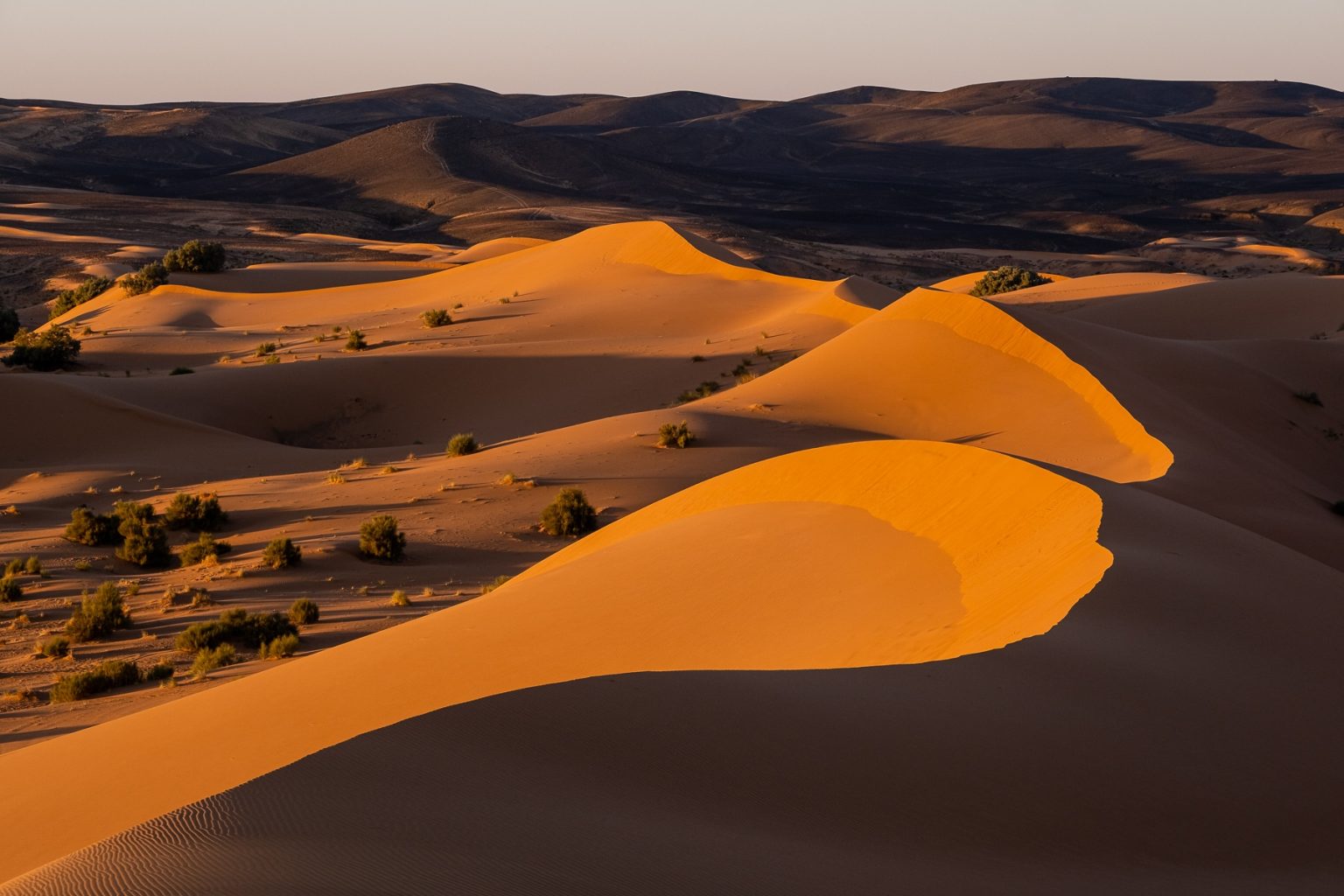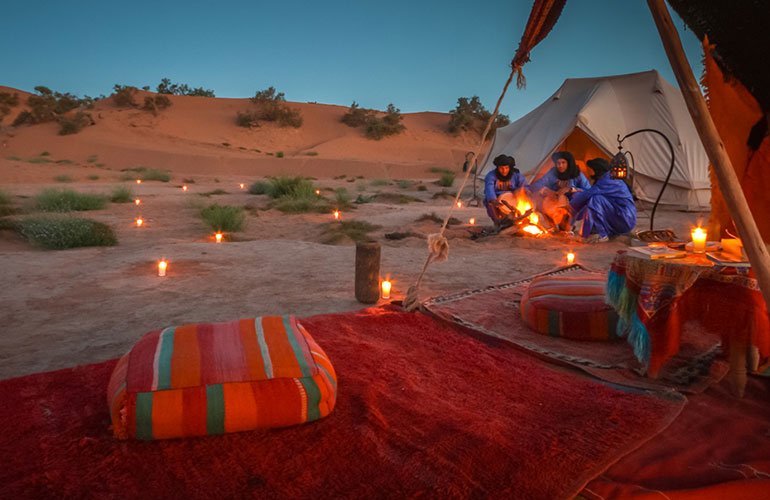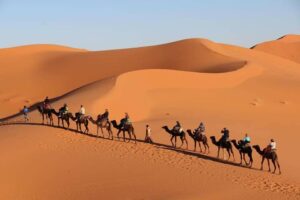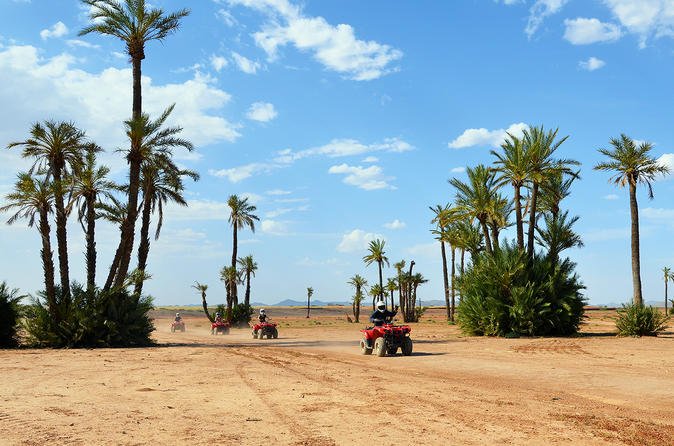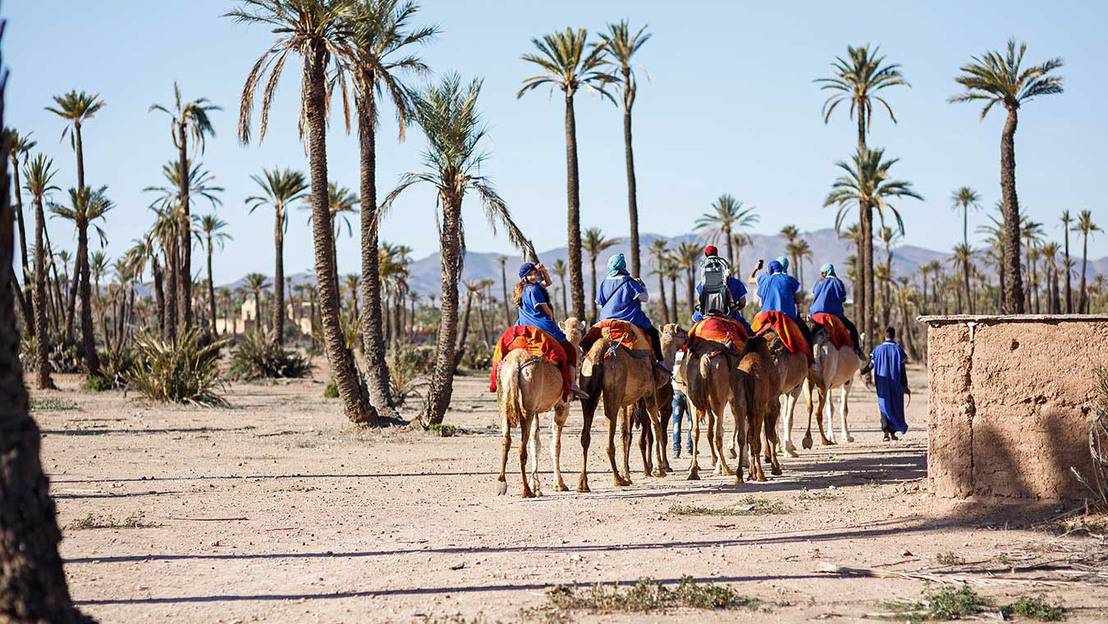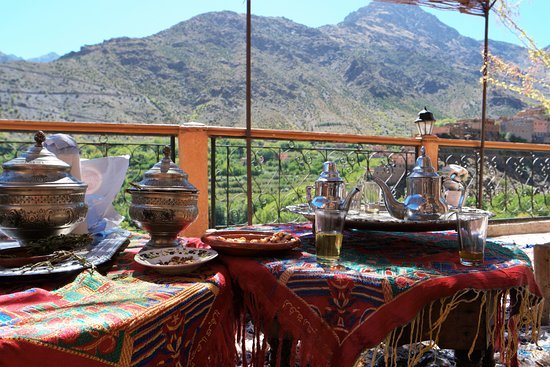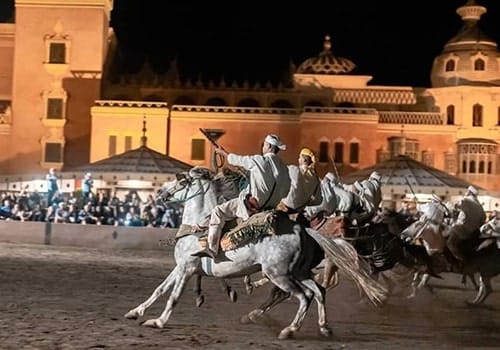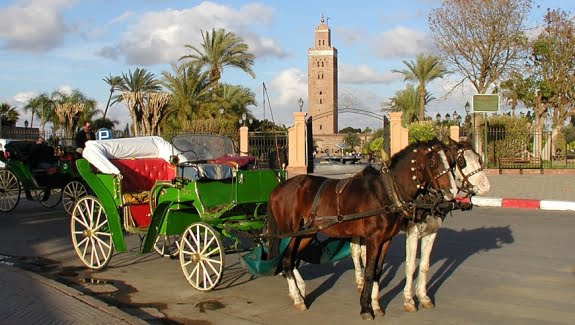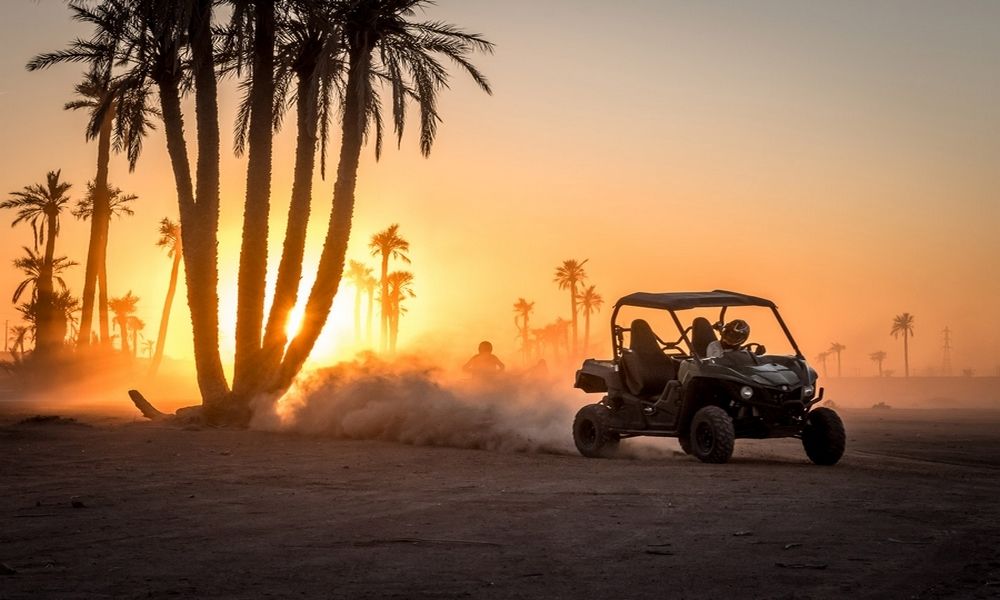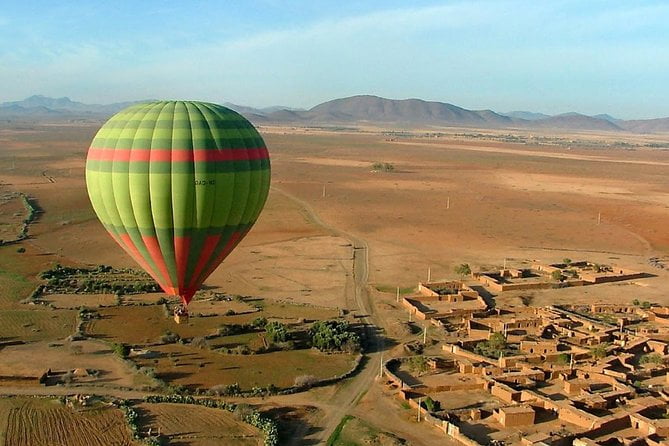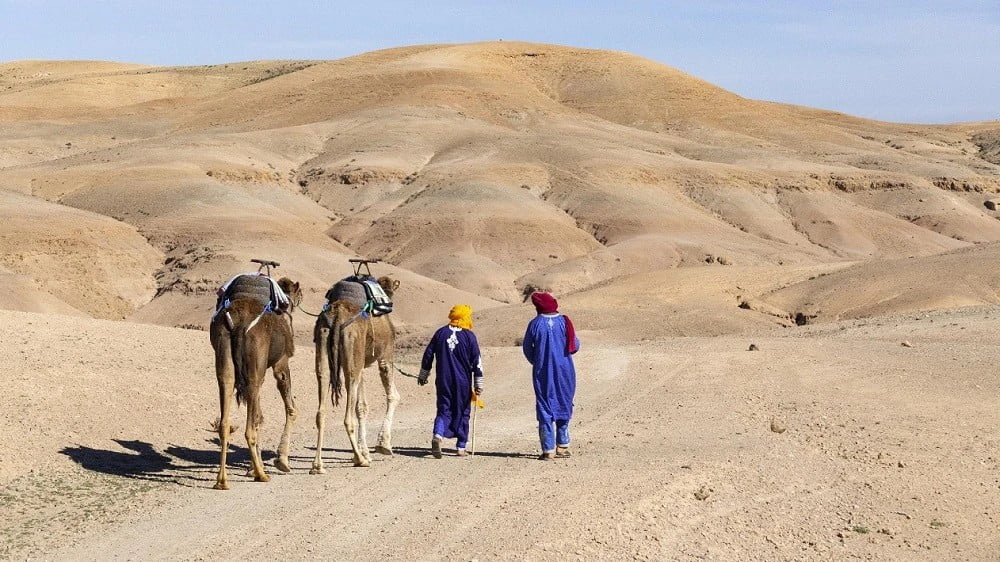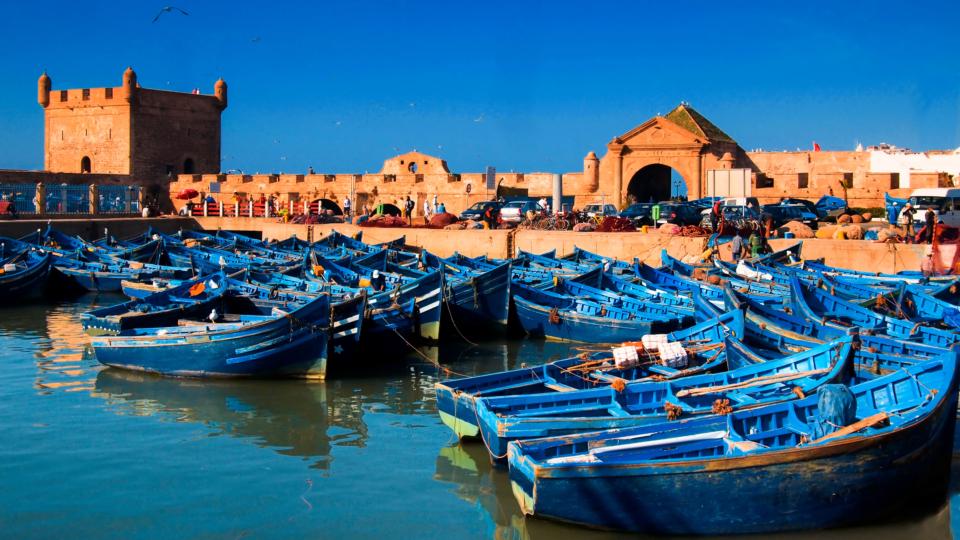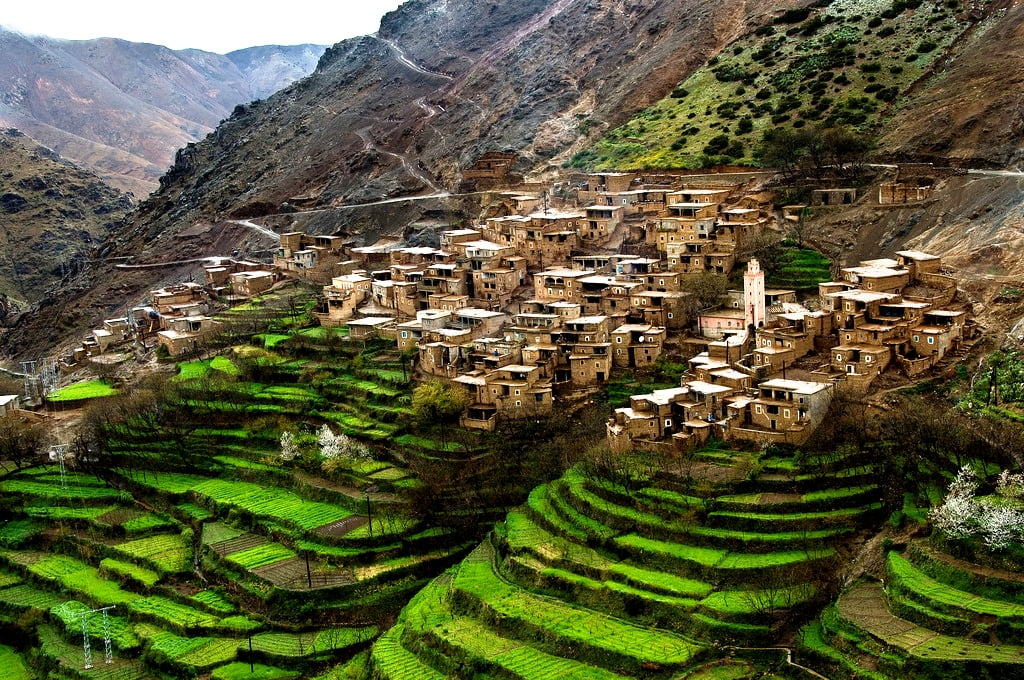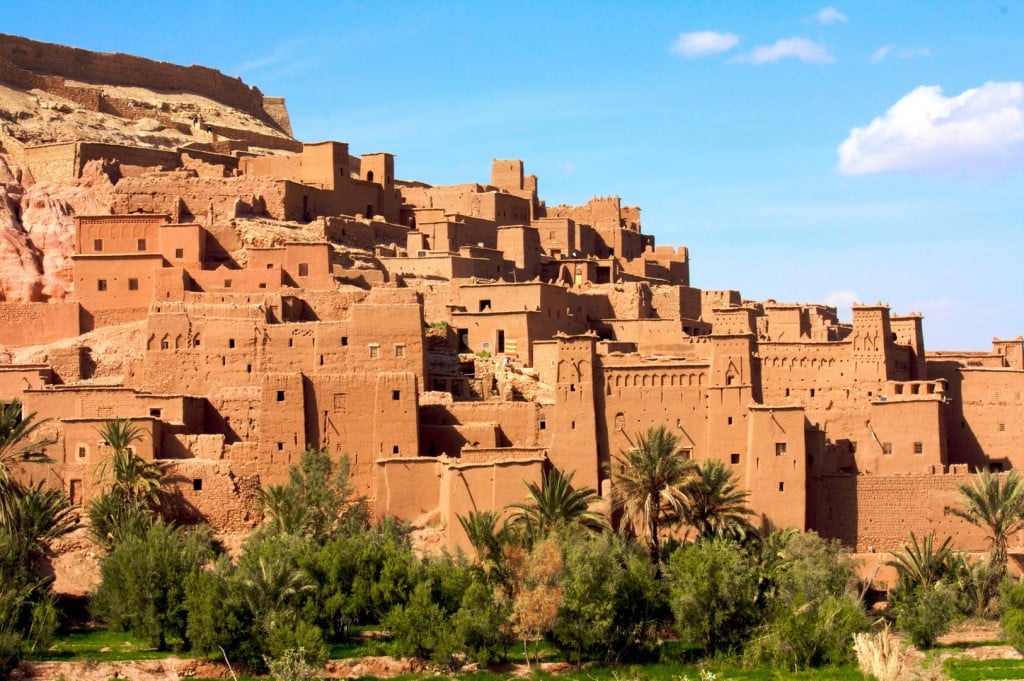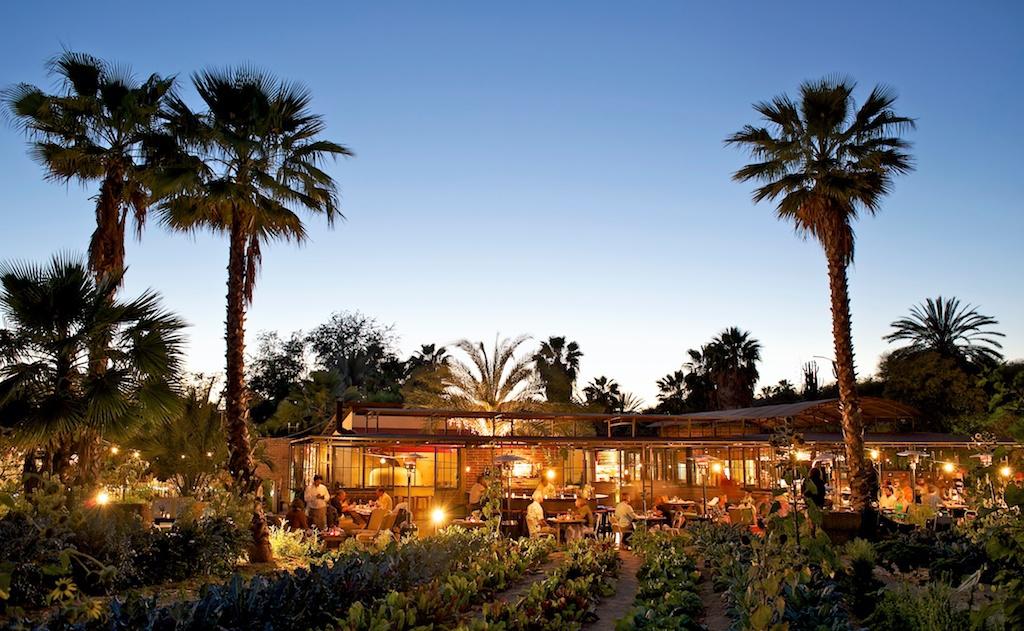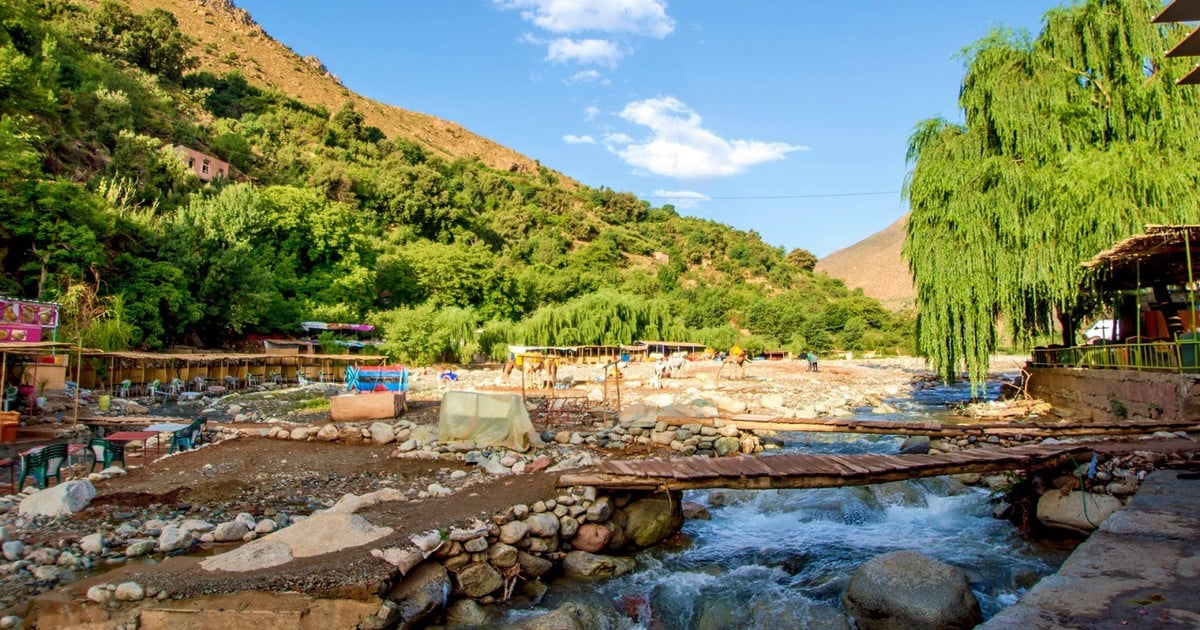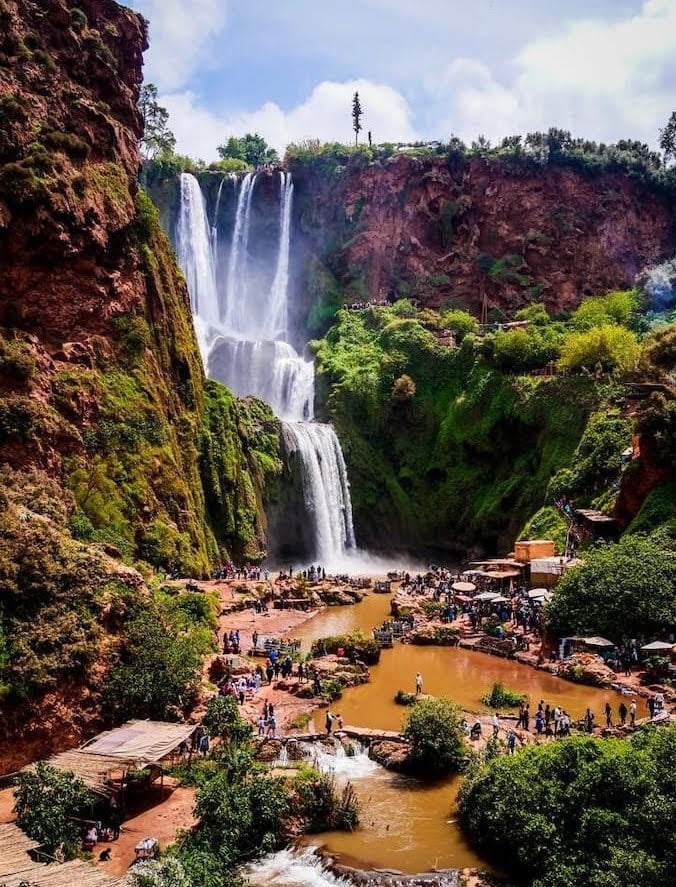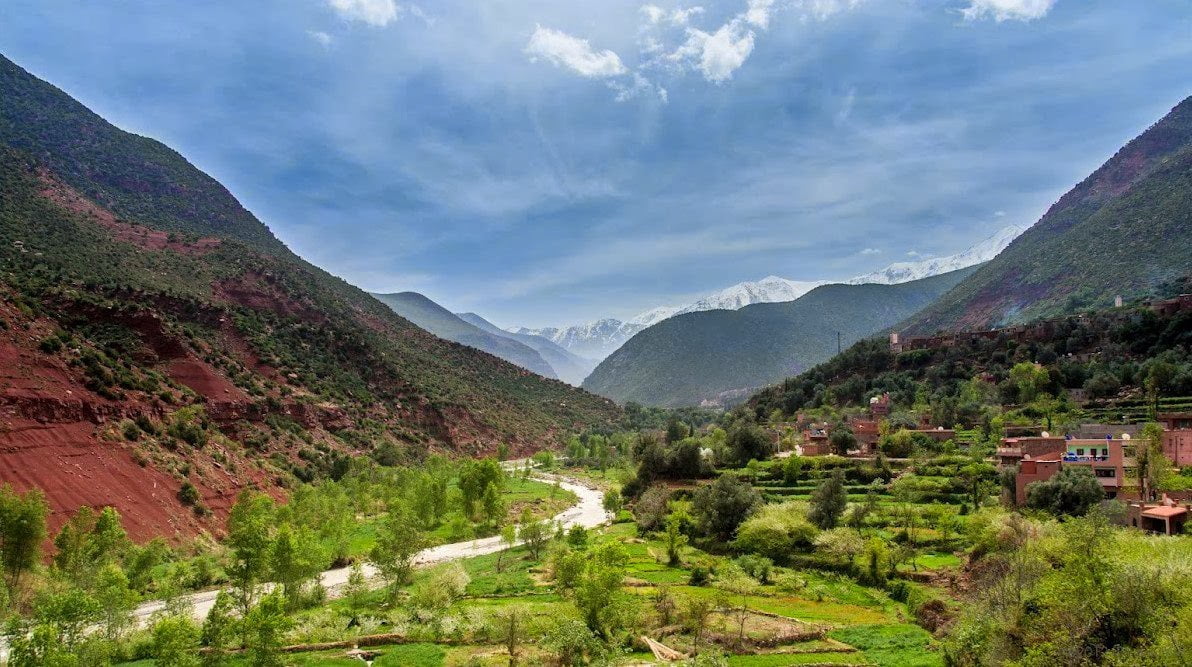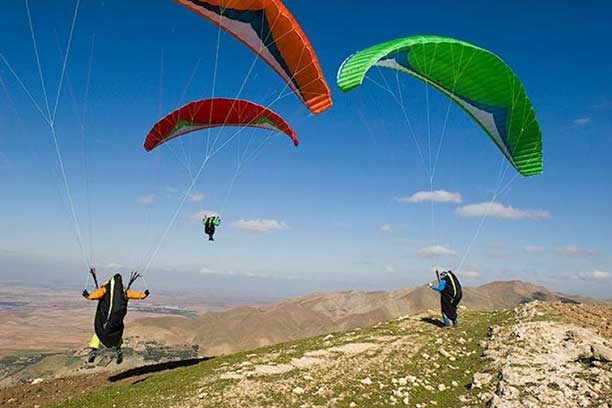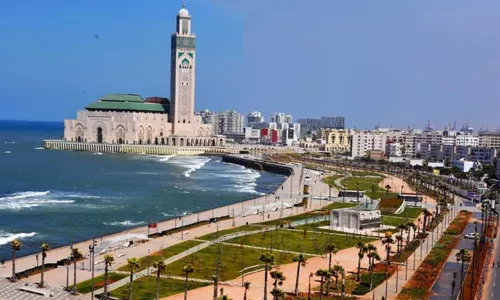
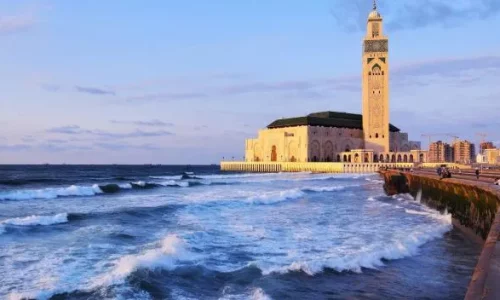
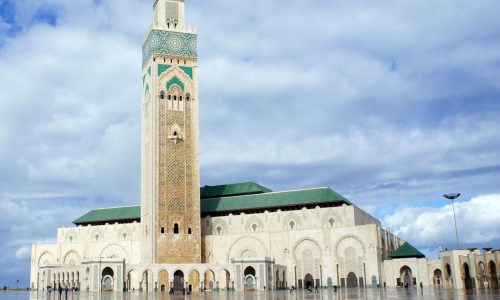
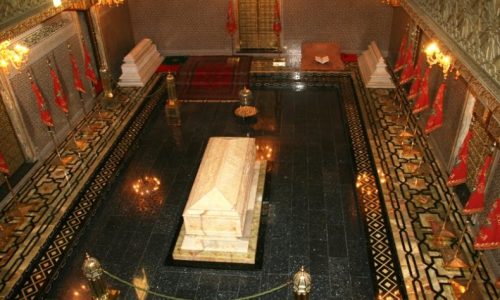
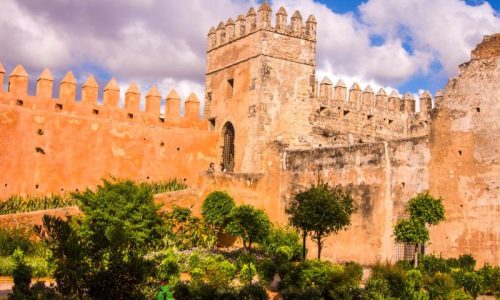
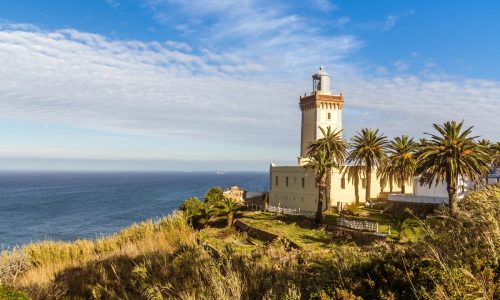
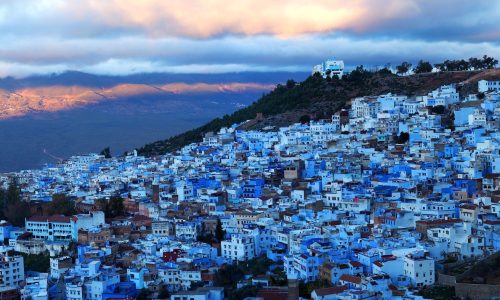
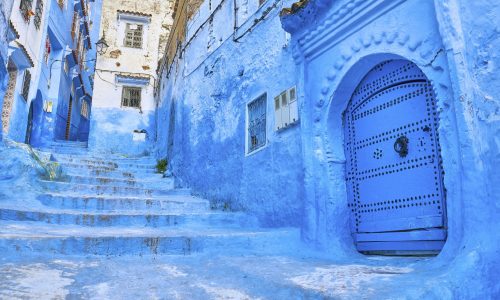
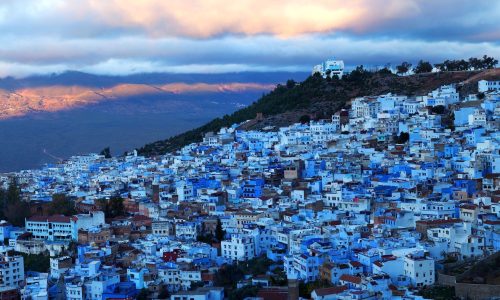
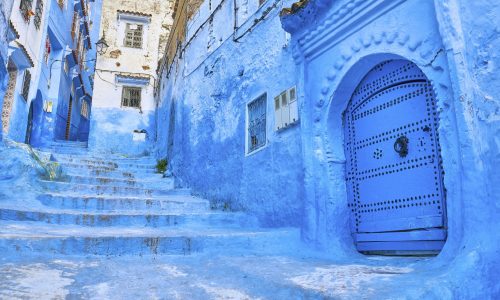
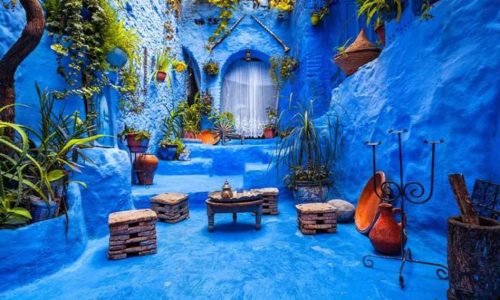
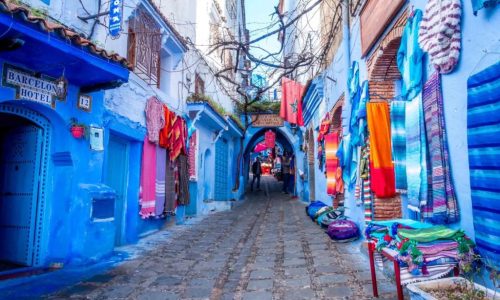
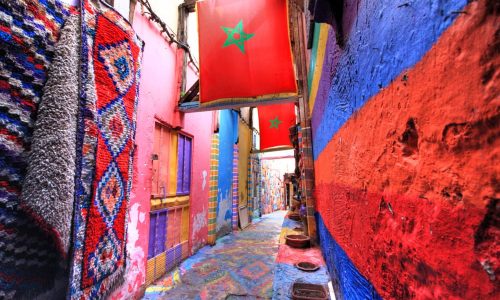
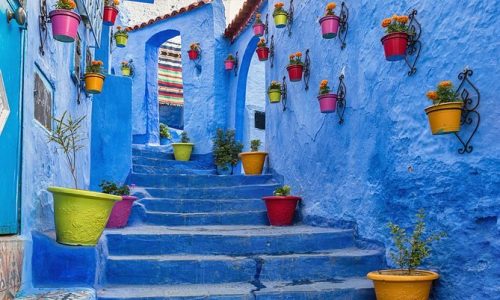
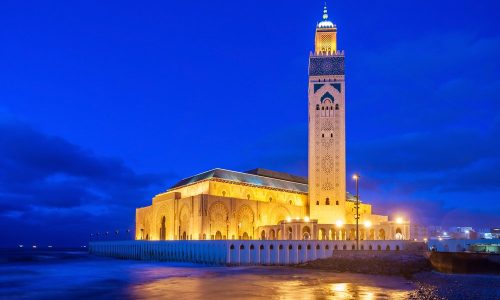
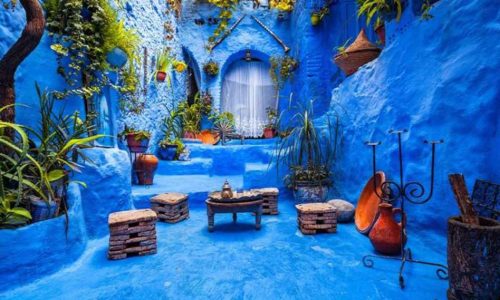
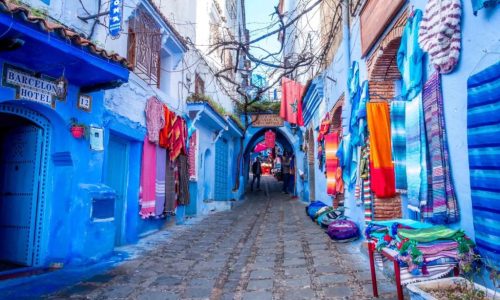
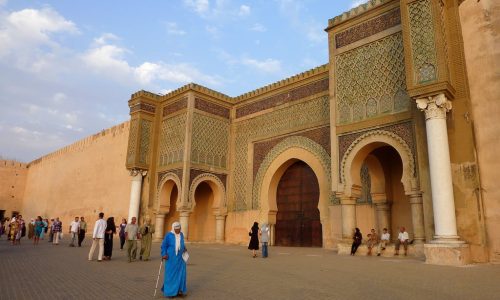
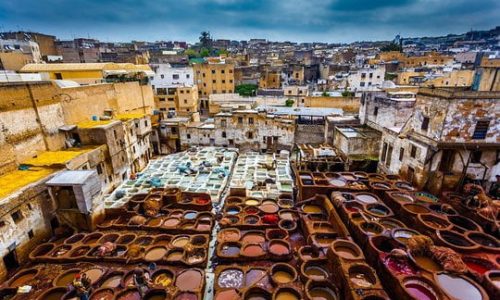
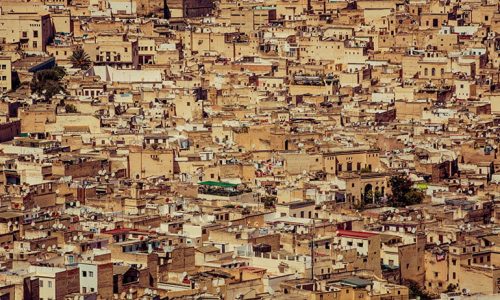
Guidance
Hotel Services
Food & Beverages
Detail about the package
Casablanca to Imperial Cities :You will begin your visit to Casablanca with a lesson in Islam and a visit to the largest mosque in Morocco – and the third in the world. With its minaret culminating at 210 meters, the Hassan II mosque combines Islamic architecture with Moroccan elements, Moorish influences and urban design. If you are aware of your Moroccan architecture, some elements of design may seem familiar to you – see if you can spot the similarities with other Moroccan buildings such as the unfinished Hassan mosque in Rabat and the Koutoubia mosque in Marrakech.
After exploring the Hassan II Mosque, your guide will take you back to your hotel (or other centrally located drop-in point) by private transfer. Before leaving, do not forget to ask your guide for advice on other things to see and do in Casablanca.
—Cape Spartel
—The Royal Palace
The Royal Palace or Dar al Mahkzen, was built in 1864 on the ruins of the former royal palace. It is today the seat of the government. It is an architectural complex surrounded by a special enclosure. It consists of the city of government including a mosque, barracks for the guard, a royal college, a small racecourse and various ministerial buildings. The buildings are all capped with green tile roofs, structured according to the model of the traditional town house; they are oriented towards vast gardens and courtyards very decorated.
—The Mohammed V Mausoleum
The Mohammed V Mausoleum, all of white marble, is one of the most beautiful monuments of the Moroccan capital. Designed by an architect of Vietnamese origin, Vo Toan, and built between 1961 and 1969, it is of pure Arab-Andalusian classic style. Outside, the Mausoleum is built of Italian white marble and covered with a pyramidal roof of green tiles. These tiles are the symbol of the Alaouite royalty, and cover many official buildings for 5 centuries, including Meknes, capital of the Kingdom during the reign of Moulay Ismail (1672-1727). Inside, the walls are carved with finesse of Koranic calligraphy and covered with colorful mosaics (“zellige”). The cedar dome of the Atlas and painted mahogany is particularly remarkable. On the floor below is the sarcophagus containing the remains of Mohammed V, who died in 1961. In the corners, we can also find the tombs of Moulay Abdallah, youngest son of Mohammed V died in 1983, and Hassan II, king Morocco from 1961 to 1999. Theologians follow one another night and day to read the Koran. Moroccans regularly come to collect themselves on the tombs. King Mohammed V, Sultan Mohammed Ben Youssef before independence was a very popular monarch. He is considered by many to be the father of the modern Moroccan nation (“Ab El Watan El Maghribi”) and one of the essential artisans of independence. In 1944, he supported the Istiqlal, the main Moroccan independence movement, which earned him to be exiled in Corsica and Madagascar. This exile will support the independence efforts and provoke repeated waves of violence that will bring about the return of the sovereign in 1955 and the independence of the Kingdom in 1956. Mohammed V, back in Morocco, will conduct the Friday prayer for the first time on the esplanade of the Hassan Tower, which today faces the Mausoleum. The late Mohammed V is also popular for refusing to apply the anti- Semitic laws of the Vichy regime, protecting the 300 to 400,000 Moroccan Jews In addition to this illustrious neighborhood, the Mausoleum is ideally located overlooking the mouth of the Bou Regreg river and therefore offers one of the most beautiful views of Rabat.
—The Hassan Tower
The Hassan Tower is the only vestige of a mosque that was intended the largest religious building of his time. Today, she is considered by many to be the symbol of Rabat. When, in 1196, the Almohad caliph Yacoub El Mansour (“Yacoub the Magnificent”) launched the construction of the Hassan Mosque, it was to make it the largest mosque in the world. And even, the largest religious building in the world. A building the size of Rabat, which he wanted to make the capital of his empire and he saw as the “Alexandria of the Atlantic”. Yacoub El Mansour, actually called Abu Youssef Yacoub, ruler from 1184 to 1199 and is one of the most powerful caliphs of the Almohad dynasty. His reputation as a builder of schools and mosques, a protector of science (Averroes will live long in his court) will earn him the nickname of the Magnificent. The Hassan Tower was to be built in the style of the Koutoubia of Marrakech, a mosque initiated by his grandfather Abd El Moumen, and the Giralda of Seville. However, at the death of the Caliph in 1199, the work was abandoned. The building is deteriorating little by little and is looted by the inhabitants of Rabat. The Lisbon earthquake destroyed the colonnades. Today, the only vestige of the mosque is its Arab-Andalusian minaret 44 meters high and which gave its name to the monument. The oratory, which should have been in front of the tower, consisted of 312 columns and 44 pillars. 14 doors had been pierced. The Hassan Tower is restored from the 60s and, highly symbolic, it is at the end of its esplanade was erected the Mausoleum Mohammed V, tomb of King Mohammed V and his sons. In recent years, hanging gardens have been rehabilitated below the Hassan Tower and are open to the public during the day.
The Hassan Tower of Rabat is the emblem of the Moroccan capital. Its construction was ordered in 1196 by Sultan Yacoub el Mansour. His goal was to build the largest mosque in the world after the Samarra Mosque in Iraq. His minaret was to reach 60 meters, but the work stopped 40 meters after the death of the sultan. Today, this unfinished tower enjoys a tourist reputation that goes beyond the borders. At the esplanade of the Hassan Tower of Rabat is the Mohammed V mausoleum where King Mohammed V and his two sons Moulay Abdallah (died December 20, 1983) and Hassan II (died July 30, 1999) rest. The construction of this mausoleum required 10 years of work from 1961 to 1971. It is simply a pure architectural marvel with its pyramidal roof and white marble from Italy. Visitors can reach the burial chamber through a large staircase, they can observe from a kind of balcony the sarcophagus of King Mohammed V and the two tombs of his sons. Remember the images in your heads, the photos are prohibited.
—Kasbah of Oudayas
The Kasbah Oudayas was originally built in the 12th century to overlook the mouth of the Bou Regreg, the river Rabat. It served as a base for Moroccan armies conquering Andalusia, led by the Almohad dynasty, including Sultans Abdelmoumen and Yacoub El Mansour. The formidable main door of the Kasbah dates from this time. The Kasbah was probably built on an old Roman site, Ksar Benitargas. The Kasbah will continue to be the military and civilian center of Rabat, and especially when it begins to accommodate Andalusians expelled from Spain (the Moricos) in the sixteenth and especially the seventeenth century. From the eighteenth century, it is essentially a den of corsairs, who come to sell their captives close to the souk El Ghazal. The Kasbah, formerly called Ribat Al Fath, the camp of the victory, takes its current name under the reign of Sultan Moulay Abderrahmane, in honor of the tribe guich Oudayas, from the Sahara. At the death of the sultan, this tribe will reign insecurity around Rabat until the second half of the nineteenth century. The awakening of Rabat and its modernization under the protectorate transformed the Kasbah into a charming little village, with bluewashed houses overlooking the river and in the distance, on the Atlantic. There is also one of the first royal residences built by the Alawite dynasty (still ruling) Do not miss to go for a drink at the Café Maure. In the shadow of the walls, we can see the nearby town of Salé with the marine cemetery and the marabout Sidi Ben Acher a little further. Take the opportunity to stroll through the gardens, fresh in all seasons and landmarks of lovers. Arranged at Andalusian, they are a creation, in 1920, of Tranchant de Lunel, Lyautey’s favorite architect. Have a nice walk in the Kasbah of Oudayas!
TANGIER
—Cape Spartel —Cape Spartel Cape Spartel is a place that charms and attracts all fans of beautiful views. Lovers come to find peace and romance, photographers find beautiful landscapes to immortalize, the romantic there are magnificent views to contemplate. Cape Spartel also called Ras Spartel is located 14 kilometers west of Tangier on the same road that leads to the Caves of Hercules. This mythical place is home to a lighthouse dating from October 15, 1864, which gives a plus to this place that is not lacking in charm. It is in this precise place that the Mediterranean and the Atlantic cross, you will not find anywhere else a site like this. This place is simply unique in the world. From the entrance to Cape Town, you will see many parked cars, youth groups and several families on the shore. A festive atmosphere reigns here summer and winter. The Cape Spartel lighthouse is still active, but is closed to the public, no doubt to preserve it, it can only be contemplated from a distance, and its inaccessibility gives it a kind of mystery. Sit in one of the cafes overlooking the Cape and sipping a glass of mint tea, gaze at this magnificent view that looks out over the Maldives After your guide will take you back to your hotel
CHEFCHAOUEN
Suspended at the mountain with two horns (Jebel Ech Chaouen), 600 m above sea level, Chefchaouen the secret offers a breathtaking panorama of the Laou Valley. Nicknamed “the holy city” for its many religious buildings, the medina of Chefchaouen is undoubtedly the prettiest of the Rif. In a peaceful atmosphere, the blue city offers the simple charms of a city of craftsmen. Founded in the 15th century, Chefchaouen was one of the bastions of the sultan in his resistance to the Portuguese. To protect itself from the repeated attacks of its western neighbors, it has long been forbidden to Christians, but not to Jews. • A beautiful view of the city in the corner of Ouezzane, just before the descent.
• The market square and the souks on Mondays and Thursdays morning on Chari Al Khattabi Avenue, behind the Post Office downhill. A very large selection of spices, merchants rifain and Berber confused. La fouta, a Chaouen curiosity, a piece of cloth that the women of the Rif wear over their skirts, you will find superb colors.
• Place Mohammed V, this beautiful circular work houses a flower garden, whose course is punctuated by curious wrought iron benches and ceramics. Strolling between the orange trees and the oleanders, do not miss the frog pond.
• The medina and its maze of narrow and shady streets you can walk there without worry, it is very easy to find his way. Walking through the small squares of the medina, observe the picturesque charm of these houses with blue doors and flowery patios.
• Then you will discover the neighborhood of the merchants and small bazaars of the blue city, which will take you to the avenue Hassan II: take under the vault the passage that climbs to the old kasbah. Once on Uta El Hamam Square, do not hesitate to take a break in one of the Chefchaouen’s Moorish cafes.
• The kasbah is a real haven of nature and freshness in the heart of the city. You have to climb to the top of the tower to admire the medina. The building houses a small Andalusian museum and colorful garden. The more adventurous will not miss the terrible dungeon of Chefchaouen!
• The medina is the most convenient starting point for hiking in the mountains. A few minutes walk on the heights of Chefchaouen, go to the source of the Wolf, a small haven of peace
MEKNES
Must visit of the city of Meknes, El Hedim square is the equivalent of Jemâa El Fna square in Marrakech. Its name “place of demolition” was inspired by the tons of rubble stored at the time of reconstruction of the city. In the center of the Medina, this rectangular and huge square of 200m long and 100m wide, is interposed between the Medina, the mellah and the imperial city. Designed and furnished by Sultan Moulay Ismaïl in order to have a place to celebrate festivals and artistic events. All the streets lead to the El-Hedim square, it is indeed the place most frequented by the tourists and the inhabitants of the city of Meknes. To visit preferably at the end of the afternoon when it is at the height of its animation.
Arrived at the Hotel in Fes to spend the night
Today we will begin your guided tour of the medina. It is one of the world’s largest walled medina. We will explore the narrow streets lined with fresh fruit, spices, Berber carpets and many other arts. We will visit Mosques including the Quaraouiyine Mosque (founded in 859 by Fatima el Fihri) and the Andalusian Mosque. Then we visit fountains including the Nejjarine fountain,Medersas (Koranic schools) ,Batha Palace (museum of arts) and also Tanneries ,souks including souk – Attarine ,Bab Boujloud with its green and blue ceramics. We also visit the Kings Palace .
After visiting fes we take the road to go to Marrakech through ifran khnifra and beni mellal where we will have lunch
Arrive in Marrakech to spend the night in the hotel
After breakfast we will have guided tour of Marrakech. The visit will include the Menara gardens, the Koutoubia Minaret, the Saadian Tombs, the museum of Dar Si Said (best Berber arts and crafts), and the Bahia Palace. We will have lunch in local restaurant, and after that we walk through the colourful souks in medina. The day tour include a sunset drink overlooking the Jamaa El Fna square. We stay here in local hotel for dinner and overnight.
We will leave right on time from Marrakesh, we will cross the High Atlas by the road to the port of Tichka (the most astounding road in Africa) where we will appreciate the pinnacles of the chain and the delightful Berber towns with customary adobe houses. We will achieve the Kasbah of Ait Benhaddou, the most popular of these fortresses. It is a sand manor flanked by almond blooms, famous for its remarkable magnificence even by UNESCO, It is considered a world heritage.Ait Ben Haddou (the best safeguarded in Morocco); We will visit and find the appeal of its great Kasbahs
Half day Morning The Ourika Valley: In the core of the Berber nation, Ourika Valley stays a standout amongst the most excellent and best-saved valleys in Morocco, little towns sticking to the sides of the beds, waterfalls and rocky landscapes that blend the omnipresent desert, this structures a wild and alluring congruity in the limits of the Western Atlas.
On the journey from Marrakech to the atlas you can visit the Bérber souk each Monday, Thursday, and Friday, and we propose a visit to the Botanical Garden, and another visit to a Berber house, which opens the door for you and welcomes you to perceive how to set up the customary bread, and take a Moroccan tea.
Entire day-Afternoon
When we achieve the village “Setti Fadma”, we can – in the event that you wish provide the service of a local guide that will show you the waterfalls in the high of the mountains. Toward the end, you can eat at a local restaurant a Berber Tagine, in front of the river that offers Moroccan cuisine(around 12 dollars/menu). At that point, we will come back to Marrakech around 17h.
This trip should take a large portion of a day, or the entire day without going by waterfalls.
Essaouira or the pearl of the Atlantic, this world legacy city, keep up the appeal and legitimacy of a land lost in time. Essaouira has become an important part of the excursion to Morocco. The audacious traveler will be intrigued the cordial neighborliness of the general population of this city, which is not shocking since they have lived for quite a long time at the junction of societies, human advancements, and religions. The town is famous for its Tuya wood industrial facilities, the female Argan oil cooperatives, and the rugs.
In our tour in Essaouira, we propose a stop at a ladies’ cooperatives to see a show on how they make the Argan oil.
At the arrival to the city, you can make a visit in the Medina of Essaouira, visit the port, and after that appreciate a fresh fish lunch, a fish barbecue at the nearby eateries of the port.If you wish we can hire a local guide for your tour in the city.
The trip from Marrakech to Essaouira start as right on time as expected under the circumstances (it is prudent) to take advantage of the day
BOOK NOW
Morocco Tours
OTHERS TRIPS
